Graciela Iturbide's "Heliotropo 37"
Reposting this brilliantly designed catalog of a phenomenal photographer for Photobook Sunday
[I originally posted this in 2023, in my very early days of Substack when six readers knew of my existence. I want to add this to the Photobook Sunday hastag; it’s a worthy cause to keep alive and thriving. And…this book by the great, great Graciela Iturbide — who has several fans here in Substack — is perhaps my overall favorite in its production and design.]
I’m blown away by this exhibition catalog — Heliotropo 37, a survey of the Mexican photographer Graciela Iturbide’s fifty-year career, published by FondationCartier pour l’art contemporarain in parallel with a Paris exhibition.
I’ve written about Itrubide’s photos previously:
What I Love About Graciela Iturbide in Three Photos
In a recent newsletter, I praised the design of the Graciella Iturbide’s Heliotropo 37, a catalog showcasing her 50-year photography career put out by FoundationCartier pour l’art contemporain.
But here, but in this Substack, I want to focus on the catalog itself. It’s one of the finest designs given to a photographic body of work I’ve ever seen.
It’s maybe not as elegant as you see in many high-end photography books, but I love it because every design decision that went into this publication was made with the photographs and the reader in mind. It’s a ideal marriage of form and function that’s the perfect home for this amazing body of work.
.
It All Started with My Neighborhood Bookseller
I was introduced to Heliotropo 37 by Peter Miller, the owner of Peter Miller Books, a small shop that sits in a back alley a few blocks from my Pioneer Square studio in Seattle. The store specializes in architectural and design books and carries a unique offering of Euro-designed products--portable radios, cutlery, fountain pens, notebooks and specialty papers.
I was on a search for examples of book designs that I hoped would give me inspiration for a project I’m working on, and I knew that Peter — with his impeccable eye for design — would be a good place to start.
When I gave Peter a description of my project, he stood up from his desk, and without hesitation he went straight to this catalog. He would ultimately show me several other books, but I knew immediately that Heliotropo 37 was what I was looking for.
In other words: Independent Booksellers are gifts that keep on giving if we keep them alive.
A Rare Exposed Sewn Binding
Let’s start with the exposed sewn binding — a true rarity in bookmaking.
A sewn binding is an expensive luxury that makes a book more durable and flexible--two qualities you want for any book that will be opened often.
A sewn binding is produced by stitching the pages of the book into signatures--usually in groups of 8, 16, or 32 pages--which are then sewn together with the other signatures to form a block. A book can be made up of several blocks, which are glued at the edges to seal and form the book.
Many photography books are sewn, but what makes Heliotropo 37’s design unique is that it doesn’t have a traditional cover or book jacket that wraps around the spine. The front and back of the book are made up of two separate pieces of uncoated board stock without a wrap-around spine cover, leaving the sewn binding exposed.
Obviously, this unconventional design element is not ideal if you alphabetize your books spine-out on a bookshelf since the spine doesn’t contain the book title or author’s name.
But photographs demand to be viewed flat, and the beauty of this approach is that it gives the binding the strength and flexibility that lets you flatten the book on a table to properly view them without compromising the spine.
In other words, unlike with books that are glued but not sewn, or that are sewn but include a traditional cover that wraps over the spine, you can open this book a thousand times fully flat, and its binding will remain undamaged. It’s designed for people who want to spend time with the images and view them repeatedly; it’s not necessarily for people who want the book as simply a design element in their living spaces.
Like I said, this is a true photography lover’s book.
Printed on Fine-Art Fedriogoni Papers
The book’s other design element that I love is its choice of papers.
Printed entirely on paper stock produced by Fedriogoni, a 150-year-old Italian paper manufacturer that is renowned in creative industries for its fine-art papers, Heliotropo 37 includes 250 photographs, an extensive interview with Iturbide, and a short story inspired by her work by the Guatemalan writer Eduardo Halfon.
The text is printed on 120g rough, untreated paper stock — a sturdy paper that makes for a glare-free reading experience that is extraordinarily easy on the eye.
And most importantly, the paper choice for the photographs themselves — Fedriogoni’s Symbol Tatami White, a low-lustre, satin stock — is ideal for Iturbude’s work.
Her black-and-white photographs live in the mid-tones, with very little high contrast. A satin-coated paper is an ideal choice for these images. High-gloss papers have a place in photography, but they tend to be overused. High-gloss would have butchered Iturbide’s black-and-whites, which make up most of her oeuvre.
Peek into any number of fine-art publisher catalogs — Rizzoli and Taschen come immediately to mind--and you will see publications with more exquisite designs. Of course such a comparison is unfair, since Heliotropo 37 is technically an exhibition catalog and not a commercial book.
But to my mind, FoundationCartier has given Graciela Iturbide’s photographs the perfect home that’s designed for readers like myself who will open and share this beautifully produced work of art many times over.






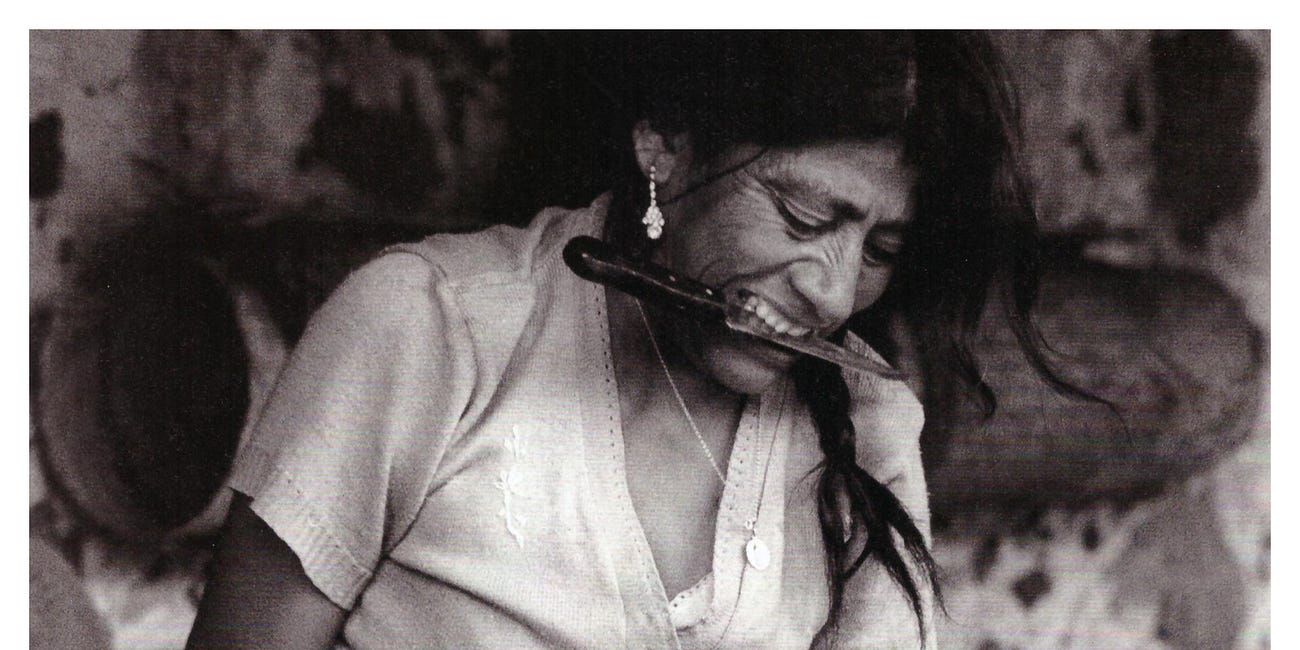
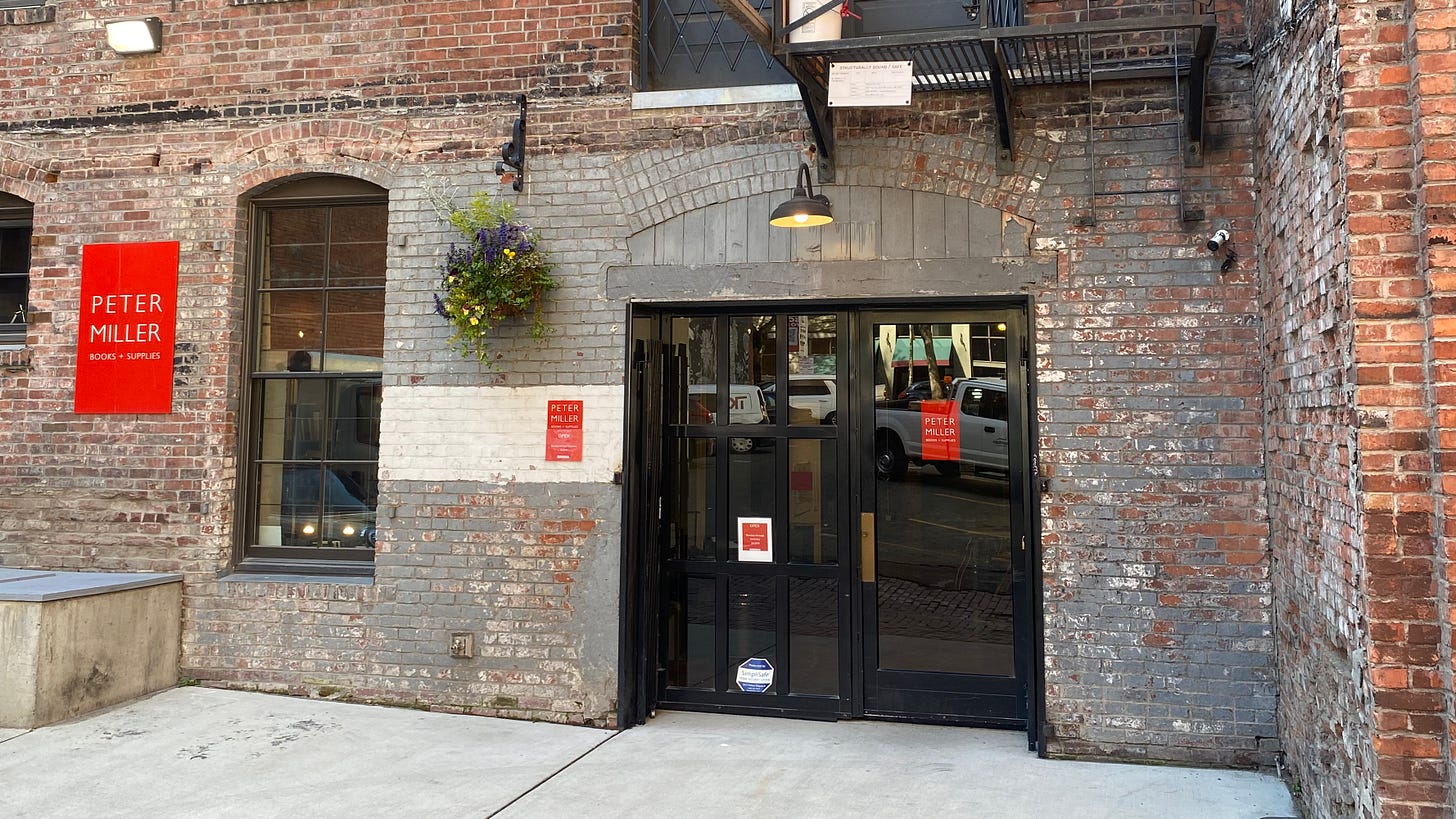

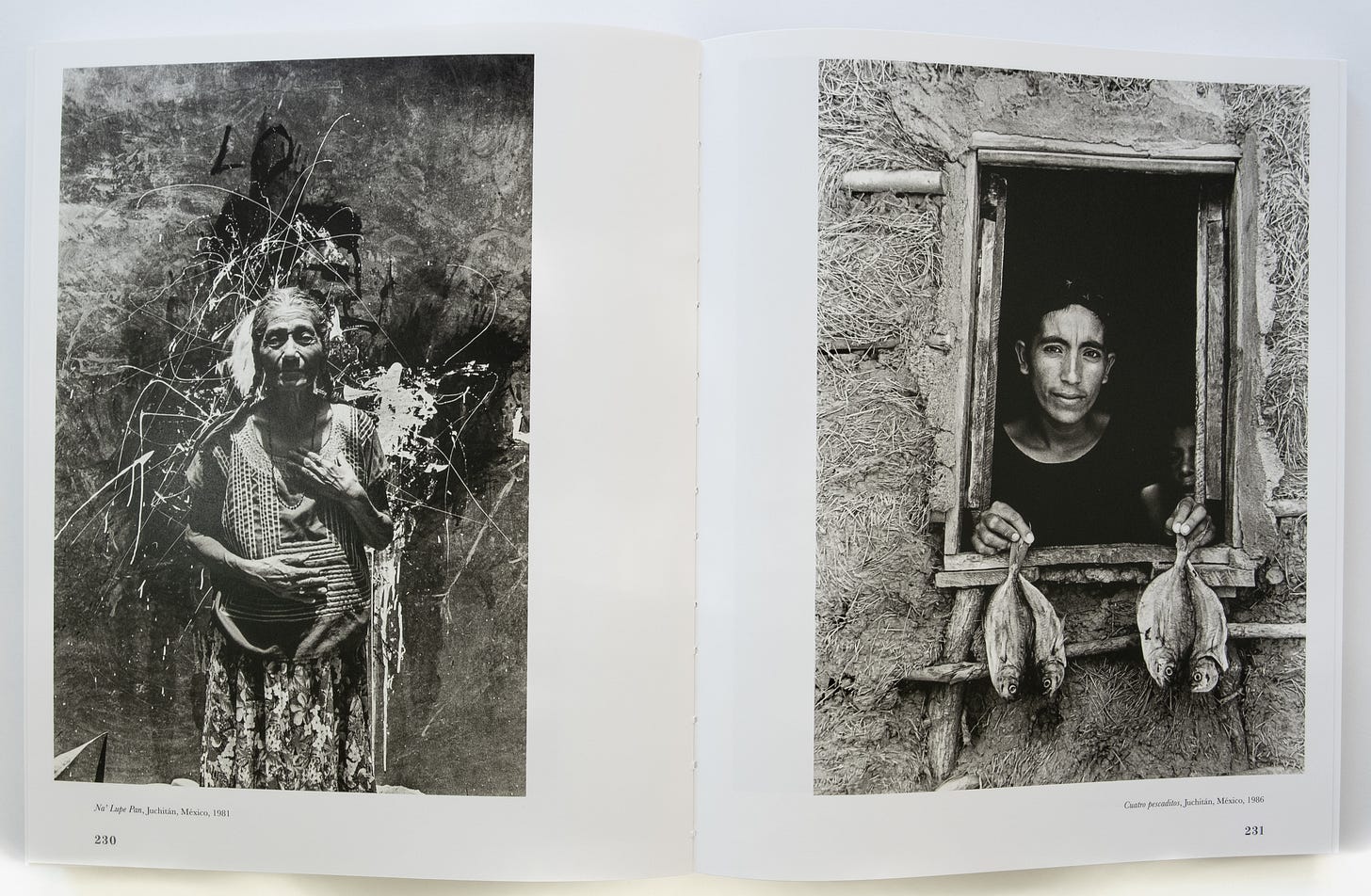
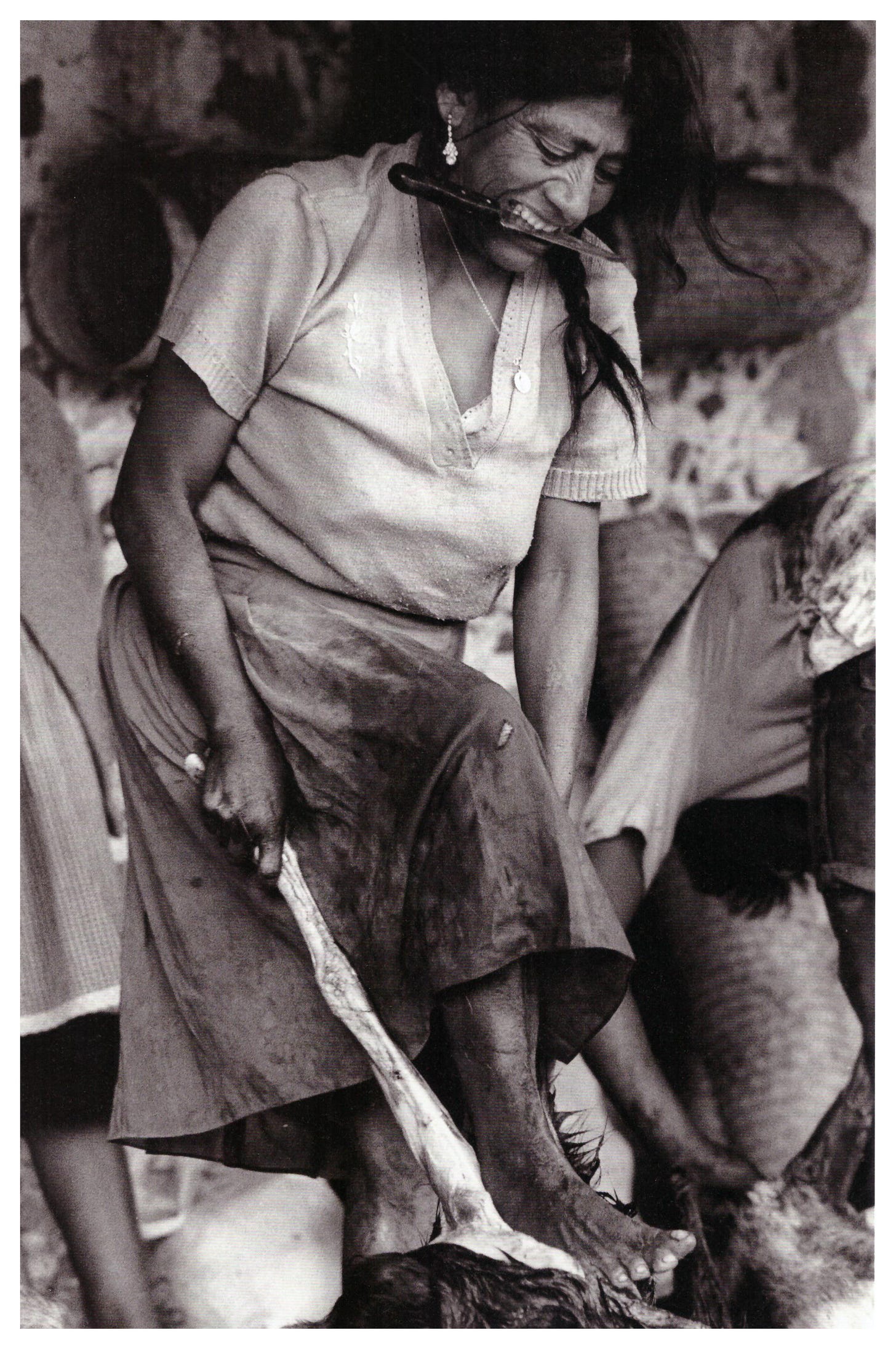
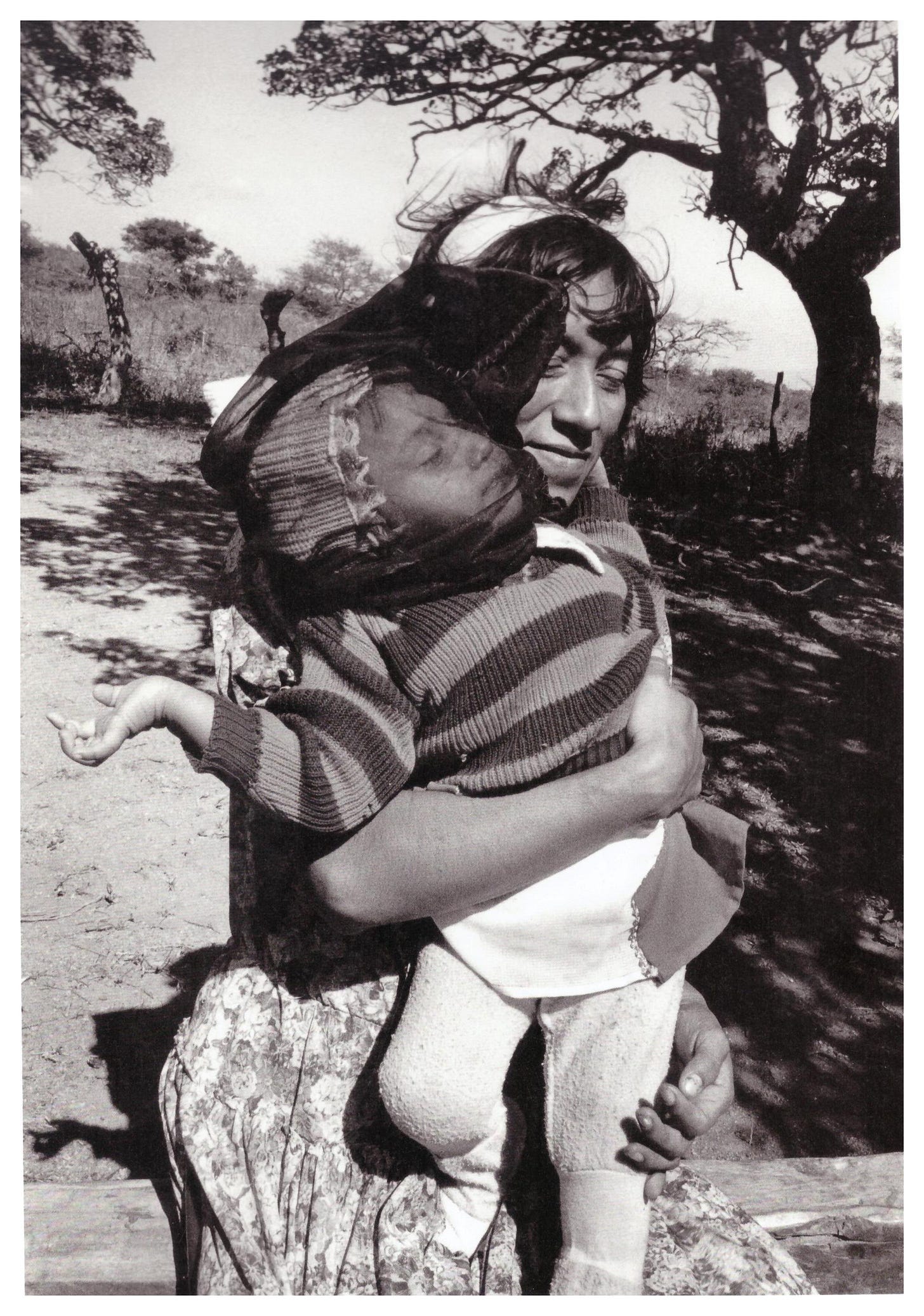
Graciela Iturbide studied under legendary photographer Manuel Álvarez Bravo. I love all those who surrounded him and find their work to be insanely underrated! Thanks for bringing this one to light.
I am looking forward to adding it to my library - I don't usually support the beastly Amazon, however they have it in stock deeply discounted if you are not able to locate it elsewhere.